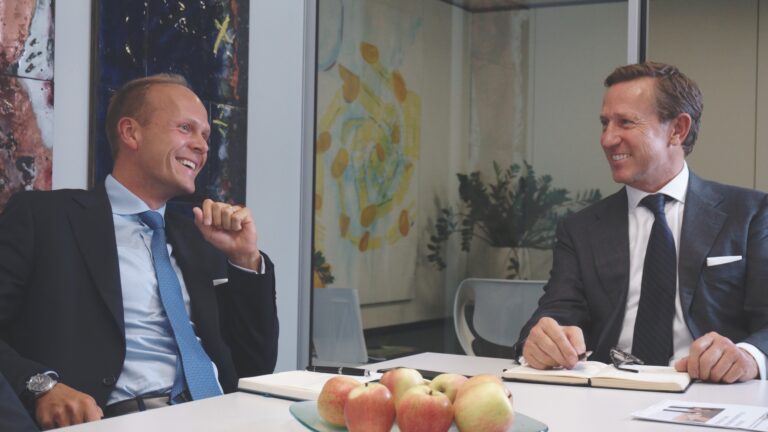Stefan’s weekly: Denver Gold Forum, Zürich
Dear Ladies and Gentlemen
My friend and partner Dr. Christian Schärer was attending the Denver Gold Forum in Zürich and I had asked him to write a guest comment and share his impressions with us, this is what he wrote:
“Every year in April, numerous representatives from the mining industry meet with analysts and investors from all over Europe at the highly regarded conference. A good opportunity to learn more about the latest trends in the gold industry and to feel the mood among investors.
After visiting various company presentations in the plenum and numerous 1:1 with representatives of mining companies from our investment universe, we would like to summarize our impressions as follows:
The mood was basically constructive. However, there were fewer institutional investors than in other years. This was also confirmed by the representatives of the mining companies, which usually had to deal with a smaller number of 1:1. Nevertheless, discussions between investors and companies were conducted with a positive undertone. The consensus among participants sees a lower USD, rising inflation and a peak in gold production as catalysts for a positive gold price development…
However, we were less interested in argumentation at the macro level. As a stock picker, we wanted to verify two investment hypotheses. On the one hand, against the background of a historically high gold-silver ratio of 80:1, we were particularly interested in the shares of silver producers. On the other hand, we are driven by the question of whether the growing fee cash flows of well-managed mining companies in combination with the much-discussed „peak“ in gold mining could lead to a wave of M&A transactions in the coming quarters.
Silver has regularly disappointed investors‘ performance expectations in the recent past. In our view, the long-term decline in industrial demand is the main reason for this frustrating development. The steadily decreasing industrial demand distinguishes silver from other industrial metals. One of the reasons for this negative trend was the marginalization of classical photography as a great demand for silver. Since the turn of the century, demand has fallen by around 180 million ounces annually. This corresponds to about 17% of the current market volume.
Now, however, a silver lining seems to be emerging on the horizon. For the current year, the “Silver Institute” sees an increase in industrial demand for silver for the first time since 2013. The constantly growing demand from the field of photovoltaics can compensate for the losses in the field of traditional photography and leads to new dynamics. Despite improving industrial demand, global silver production continues to fall in the current year. It is likely to fall by around 10% compared with the record level achieved in 2015. Against this background, we would not be surprised if silver outperformed gold in the medium term, albeit from a historically low base. We are positioning ourselves accordingly in our commodity equity fund. True to our preference, we focus on companies with a solid balance sheet and an attractive free cash flow profile…
Few takeovers have recently confirmed our assessment that the prerequisites for a constructive M&A environment in the space of precious metal producers are certainly given. In recent years, the sector’s heavyweights have focused primarily on reducing their production costs and have been reluctant to invest in expanding their production capacities or to replace mined ounces. Accordingly, there is a need to catch up here. In addition, the stock performance of many exploration stocks and mine developers has been disappointing in recent quarters. This makes the relative valuation between potential buyers and possible takeover targets appear attractive. This is not a bad prerequisite for a new wave of consolidation in the precious metals sector. A big deal would be a possible catalyst for the start of such a movement.
Finally, we would like to emphasize that the shares of well-managed mining companies also move in cycles. Gold and silver stocks are not „buy and hold“ investments. However, selected stocks are currently trading at quite attractive levels. Moreover, as these stocks correlate comparatively little with the overall market, they can certainly find a place in a clearly structured equity portfolio. At least they belong back on the watch list of an active investor.”
To me this looks a lot like looming opportunities. Let’s see…
Please share your thoughts and ideas with me. Please feel encouraged to do so but please don’t forget (instead of hitting the reply button) to send your messages to:
Many thanks, indeed!
And now, Ladies and Gentlemen I wish you a great day and weekend!
Kind regards
Yours truly,
Stefan M. Kremeth

